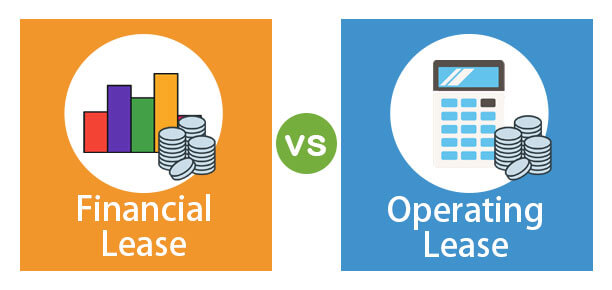Finance Lease vs Operating Lease: Leases are a popular way for businesses to acquire assets without a large upfront investment. But how you account for a lease in your financial statements depends on whether it’s classified as a finance lease or an operating lease. Understanding the difference between these two types and their accounting treatment is crucial for accurate financial reporting.

Finance Lease vs Operating Lease
Finance Lease (Capital Lease)
- Definition: A finance lease involves the transfer of ownership rights to the lessee during the lease term.
- Recognition:
- Balance Sheet: The lessee recognizes both the leased asset and a corresponding liability on the balance sheet.
- Income Statement: Interest expense and amortization expense related to the leased asset are recorded.
- Criteria for Classification as a Finance Lease:
- Ownership Transfer: The right-of-use asset transfers from the lessor to the lessee by the end of the lease period.
- Bargain Purchase Option: The lessee has an option to purchase the asset at a price lower than its fair market value at a future date (typically the end of the lease term).
- Lease Term: The lease period lasts at least 75% of the useful economic life of the asset, and the lease is noncancellable during this time.
- Present Value: The net present value of minimum lease payments exceeds substantially all (at least 90%) of the fair value of the underlying asset at the inception of the lease.
- No Alternative Use: The underlying asset is specialized and has no alternative use at the end of the lease term.
Operating Lease
- Definition: An operating lease is similar to a landlord-renter contract, where the lessee does not assume ownership of the asset.
- Recognition:
- Balance Sheet: The lessee records a right-to-use asset but does not recognize a liability.
- Income Statement: Lease payments are treated as an expense on the income statement.
- Advantages of Leasing:
- Asset Finance: Leasing provides access to assets without the upfront cost.
- Protection Against Obsolescence: At the lease term’s end, equipment can be returned and replaced with newer machinery.
Key Differences
| Feature | Finance Lease | Operating Lease |
|---|---|---|
| Transfer of risks and rewards | Lessee | Lessor |
| Capitalization of asset | Yes | No |
| Depreciation expense | Lessee | N/A |
| Interest expense | Lessee | N/A |
| Balance sheet impact | Long-term debt | Rental expense |
Accounting Treatment
- Lessee: The lease payments are record as rent expense in the income statement.
- Lessor: The lease receivable is not capitalized on the lessor’s balance sheet.
- Income Statement: The lessor records lease revenue.
- Balance Sheet: The lease receivable doesn’t include in the lessor’s long-term assets.
Impact on Financial Statements
The choice between finance and operating lease classification can significantly affect a company’s financial statements:
- Balance Sheet: Finance leases increase both assets (through asset recognition) and liabilities (due to lease obligations). Operating leases only impact the balance sheet with the ROU asset and lease liability under ASC 842.
- Income Statement: Finance leases show depreciation expense and interest expense, impacting profitability earlier in the lease term. Operating leases reflect a constant lease expense throughout the term.
Conclusion: Finance Lease vs Operating Lease
The accounting treatment for finance leases and operating leases results in different financial statement presentations for the lessee and the lessor. Finance leases are treated as long-term obligations, while operating leases are considered as rental agreements. Understanding the distinction between these two types of leases is crucial for accurate financial reporting and decision-making.
